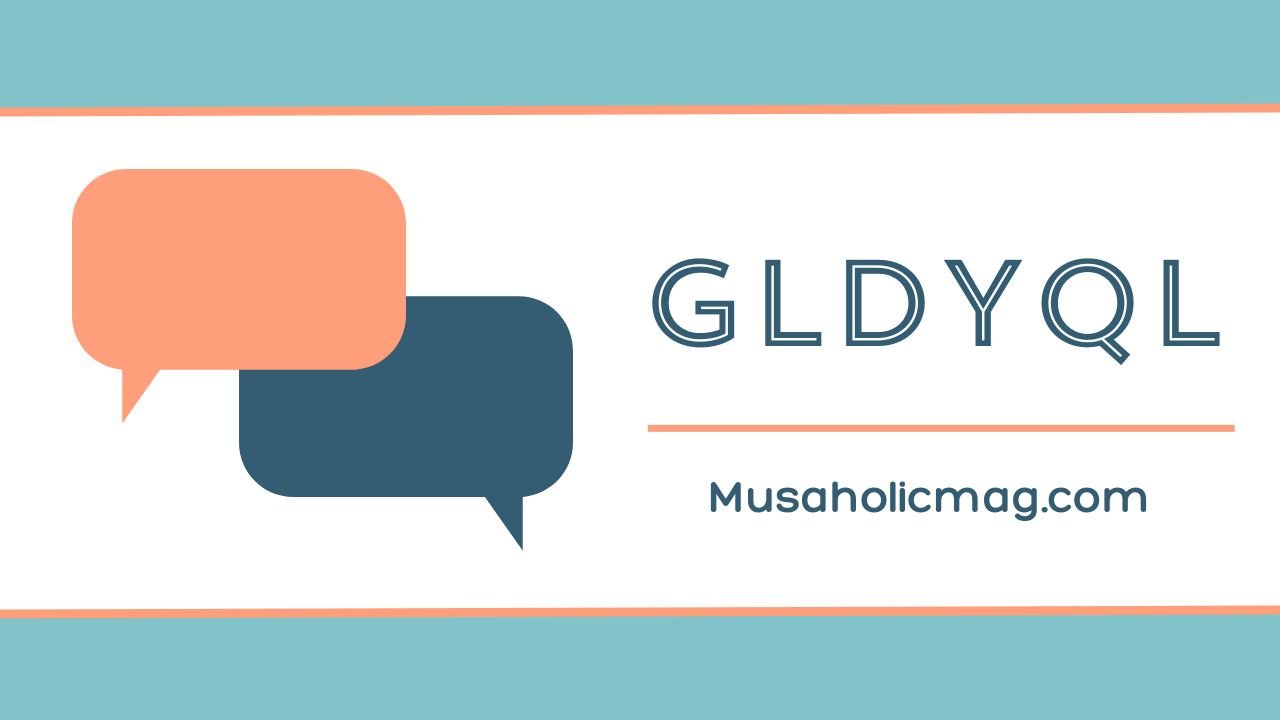Welcome to the fascinating world of coding and query languages, where creativity meets logic. Whether you’re a tech enthusiast or just starting out, understanding these languages can open up a universe of possibilities. Enter GLDYQL, an intriguing language that combines the power of coding with effective data querying.
As we delve deeper into this guide, you’ll discover different types of coding languages and their specific applications. You’ll also get insights into popular choices in web development, along with how query languages play a crucial role in handling data efficiently.
So grab your laptop and let’s embark on this exciting journey through the realms of GLDYQL!
Types of Coding Languages
Coding languages can be broadly categorized into different types, each serving distinct purposes. High-level programming languages like Python and Java are user-friendly and abstract complex details, making them ideal for beginners.
On the other hand, low-level languages such as Assembly or C offer granular control over hardware. They are more challenging but crucial for system programming.
Scripting languages like JavaScript add interactivity to web pages. They run on servers or browsers, enhancing user experience in real-time.
Functional programming languages such as Haskell focus on mathematical functions and avoid changing states. This paradigm promotes clear coding practices.
Object-oriented languages enable developers to create modular code through classes and objects. Examples include Ruby and C++. Each type brings unique strengths that cater to varied development needs, shaping how we build software today.
Popular Coding Languages Used in Web Development
When diving into web development, certain coding languages stand out. JavaScript takes the lead as a dynamic language that breathes life into websites. It allows developers to create interactive elements and enhance user experience.
Next up is HTML, the backbone of any webpage. This markup language structures content and makes it visually appealing. Without HTML, the web would lack organization and clarity.
CSS complements HTML beautifully by adding style to web pages. With CSS, developers can manipulate layouts, colors, fonts, and more to achieve stunning designs.
Python is gaining popularity too. Known for its simplicity and readability, it’s ideal for backend development while also being used in data analysis.
PHP remains a classic choice for server-side scripting. Many content management systems rely on it for seamless functionality.
Each of these languages plays a vital role in crafting modern websites that are both functional and engaging.
Understanding Query Languages and Their Importance
Query languages are essential tools for managing and retrieving data from databases. They provide a way to communicate with data systems, allowing users to extract the information they need efficiently.
These languages simplify complex tasks, enabling users to perform operations like filtering, sorting, and aggregating data without extensive programming knowledge. SQL (Structured Query Language) is perhaps the most well-known query language, widely used across various platforms.
The importance of query languages lies in their ability to structure requests that yield precise results. Businesses rely on them for reporting and analytics, making informed decisions based on real-time data insights.
As organizations continue to generate vast amounts of information daily, mastering query languages becomes increasingly vital for anyone involved in data management or analysis. Understanding these tools can transform raw numbers into actionable knowledge.
Comparison of Coding vs Query Languages
Coding languages and query languages serve distinct purposes in the tech landscape. Coding languages, like Python or JavaScript, are designed to create applications and software. They involve writing logic to perform various tasks.
On the other hand, query languages focus on data manipulation and retrieval. SQL is a prime example, enabling users to interact with databases seamlessly. These languages simplify complex interactions with vast amounts of information.
When comparing them, consider flexibility versus specificity. Coding allows for broad application development while query languages excel in managing structured data queries. Each has its strengths tailored to different needs.
Understanding these differences helps developers choose the right tools for their projects effectively. Knowing when to code or when to query can enhance productivity and project outcomes significantly.
Learning Resources for GLDYQL
For anyone looking to master GLDYQL, a variety of resources are available. Online platforms like Codecademy and Coursera offer structured courses that cover both the fundamentals and advanced techniques.
YouTube is another fantastic resource. Channels dedicated to coding often feature tutorials specifically for GLDYQL. Watching these can provide insights into real-world applications.
Books also play an essential role in learning. Titles focused on query languages can give you a deeper understanding of underlying concepts, enhancing your practical skills.
Engaging with forums like Stack Overflow or dedicated Discord servers allows learners to connect with others tackling similar challenges. Collaborative problem-solving fosters growth and can lead to creative solutions.
Practicing through hands-on projects is invaluable. Building small applications using GLDYQL helps solidify knowledge while providing tangible outcomes from your efforts.
Conclusion
Navigating the world of GLDYQL opens up numerous possibilities for coders and developers alike. Understanding both coding and query languages is essential in today’s tech landscape. Each type of language serves its unique purpose, whether building robust websites or efficiently managing databases.
As you explore various coding languages, remember that popular options like Python, JavaScript, and Ruby can be your best allies in web development projects. Meanwhile, mastering query languages such as SQL allows you to extract meaningful insights from data with ease.
The contrast between coding and query languages highlights their complementary nature. While coding focuses on creating applications, queries help us retrieve information efficiently from those applications.
If you’re eager to dive deeper into GLDYQL or enhance your skills further, there are countless resources available online—from tutorials to forums where you can connect with others who share your passion.
Embrace this journey into the realm of programming languages. The knowledge gained will undoubtedly empower you in your endeavors within the ever-evolving digital space.

